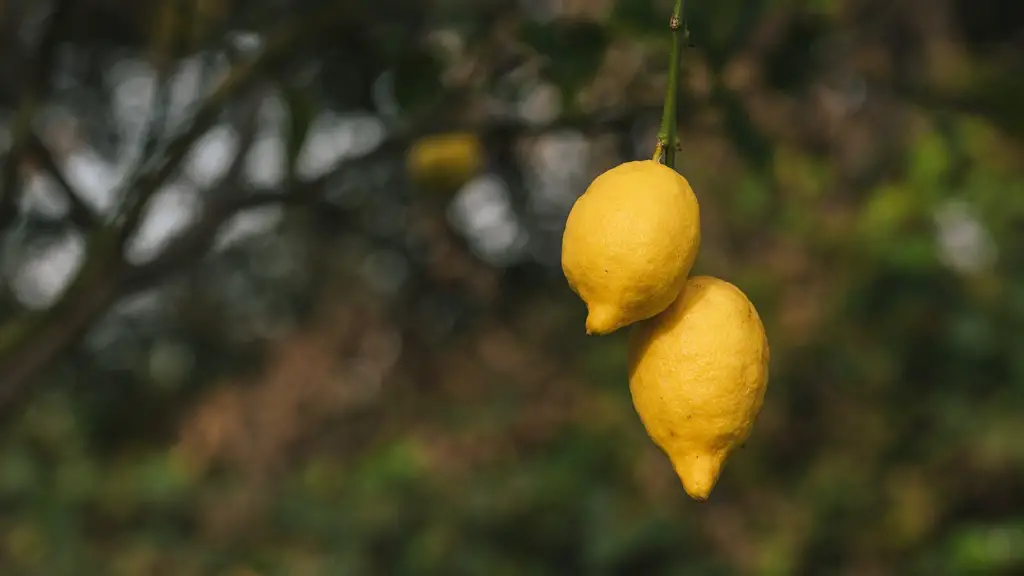Many people love to have beautiful trees in their yards but don’t often consider how much maintenance these trees require to stay healthy and attractive. Palm trees are a popular choice for landscaping around homes in many areas, and trimming is an important part of taking care of them. If you are considering a palm tree for your home, you should know how to trim it. Before touching the tree, however, it’s a good idea to make sure it’s not a protected species, or reach out to an expert arborist in your area to ensure that you are trimming it correctly. Here are some of the basics of how to trim a house palm tree.
There are a few things to keep in mind before you begin. First, be sure you have the right equipment. Gardening scissors are likely the best choice, though motorized trimmers or shears can be used with caution. Wear protective gloves to guard your hands against the tree’s sharp leaves, and safety goggles to protect your eyes. The next, and most important step, is to learn the anatomy of the palm tree. Palms typically have a single, vertical trunk, and multiple leaves – called fronds – fanning out from it. Depending on the species and age of the tree, these fronds can grow in varying heights and distances from the trunk.
Knowing how to prune properly is key to creating an attractive palm tree. Generally, pruning should take place twice a year, in the spring and in the summer. The focus of the spring trim should be to cut away any fronds that are more than two-thirds brown, as these are dead and not helping the tree. In summer months, the aim should be to neaten up the tree; removing any fronds that are too close together or have started to intertwine. It is also important to trim fronds that are too close to the house, windows or any other nearby structures or pathways to ensure safety.
Routine trimming of a healthy palm tree is relatively straightforward, but if you see that the tree is diseased, damaged, or has outgrown its planned shape, it is likely time to contact a professional. They will be able to assess the condition and health of the palm tree, and help you decide if the tree needs to be cut down or just trimmed in certain areas. If you don’t properly maintain a palm tree, it can become overgrown and its foliage can become so dense that it blocks light from reaching the ground.
Removing palm tree branches is a tricky business. One errant snip can kill the tree, so to prevent this, look for the four or five clusters of buds that are growing downward at the end of the branches. Cut as far back as you can on the branch while leaving at least one cluster of buds intact. If every bud attached to the branch is removed, the palm tree will not re-sprout from it. Once trimming is finished, make sure to clean up after yourself. Remove all dead foliage from the ground to avoid any disease-causing organisms.
Cleaning Out Palm Trees
Another important aspect of trimming palm trees is cleaning them out. Clean out your palm trees by hand for the best results. While some palms may benefit from a good power wash, this can also damage the tree if done incorrectly. Work your way from the bottom to the top, removing any dead fronds, dead bud clusters, or any other debris that has collected in the branches. If you observe any areas that seem to be losing vigor, prune them out and look out for signs of insect infestation. A healthy palm trunks should be free of blemishes, so remove any dead bark or discolored sections.
Tool Care After Trimming
After you have finished trimming and cleaning, make sure to pay attention to the shears or trimmers you used. If you don’t maintain your tools, they will eventually become rusty. Clean the blades and blades surfaces with light machine oil to keep them rust-free. It is also important to check for any cracks or damage to the blades and replace them if necessary. Some people use a product such as car wax on tools to protect them from rust, however, this may cause damaging build-up on the blades that can make trimming more difficult.
Trimming to Promote Growth
Another reason for trimming a house palm tree is to promote growth. By trimming away old, dead fronds and keeping the tree neat, you encourage healthy growth since the tree can channel its energy into new fronds. You should also try to trim away any parts of the tree that are growing too close together, as this will reduce air circulation and could lead to disease. Additionally, make sure to avoid excessive pruning as this can weaken the tree and make it more prone to disease.
Fertilizing and Watering Palm Trees
Finally, you should be aware that healthy, well-maintained palm trees also require regular fertilization and watering. Nutrients are essential for providing the energy and materials the tree needs to grow and remain healthy. Make sure to follow directions on the fertilizer to determine how much and how often you should apply it, as too much fertilizer can burn the roots of the tree. Additionally, you should water the palm tree regularly and deeply. A general rule of thumb is to water it deeply a minimum of once every week. This will provide it with the necessary moisture it needs.
Observing Problems with Your Palm Tree
When trimming and caring for your house palm tree, it is important to observe for any problems. High winds, excessive sun exposure, and rapidly changing temperatures can all affect the health of your palm tree, so be sure to water and fertilize the tree regularly and look out for signs of disease or insect infestation. Many insects, such as palm weevils, have the ability to kill a palm tree completely, so closely monitoring your tree for signs of damage is essential. Treatment options can vary depending on the condition of the tree, so reach out to an arborist if you note any changes in the health of your palm tree.
Regular Maintenance
Carrying out regular maintenance is key to keeping your house palm tree healthy and attractive. When trimming, it is important to focus on removing dead fronds and keeping the shape of the tree tidy. Make sure to wear protective clothing, clean the blades of your tools after each use, and keep the tree well-watered and fertilized. Also pay close attention to any changes in the health of your palm tree, and enlist help from a professional if you believe something is wrong.
Preparing for Severe Weathers
Finally, during periods of contention weather, some extra precautions may be necessary to protect your house palm tree. It can be helpful to tie the fronds together, either with plant string or covered elastic bands. This is especially helpful if you live in an area prone to hurricanes since this will give the tree extra stability in the case of high winds. If you experience severe weather, it is also a good idea to check your tree for damage afterwards, and make sure to contact an arborist for help if you observe any areas of concern.


